Growing onion from seed?
keepitlow
15 years ago
Related Stories
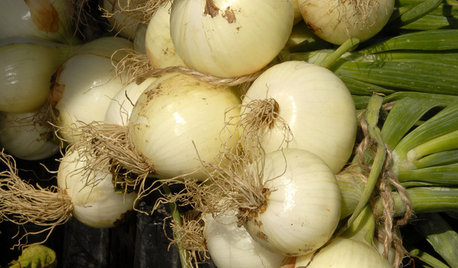
COOL-SEASON CROPSCool-Season Vegetables: How to Grow Onions
Essential for a cook's garden, onions come in many varieties and show staying power on the shelf
Full Story
CONTAINER GARDENS8 Easy Container Plants to Grow From Seed
Get beautiful blooms and herbs in summer by starting these choice garden picks from seed in spring
Full Story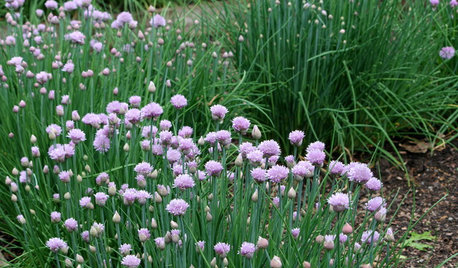
HERBSHerb Garden Essentials: How to Grow Chives
This decorative and delicately flavored herb from the onion family is easy to grow indoors and out
Full Story
GARDENING GUIDESHow to Plant a New Lawn From Seed
Choose from more grass varieties and save money over sod by starting your lawn from seed
Full Story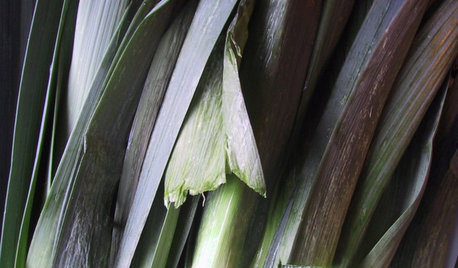
COOL-SEASON CROPSCool-Season Vegetables: How to Grow Leeks
Elegant in the garden and handy in the kitchen, onion-related leeks are worth the effort
Full Story
MOST POPULARSummer Crops: How to Grow Sunflowers
Savor snack-tastic sunflower seeds once the radiant blooms have faded — if the birds have saved you any, that is
Full Story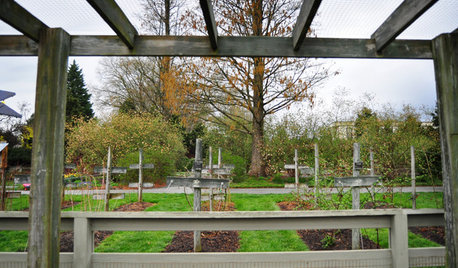
GARDENING AND LANDSCAPINGVegetable Growing Lessons From Longwood Gardens
Get ideas for your own edible landscape from a Pennsylvania showpiece and teaching garden
Full Story
EDIBLE GARDENSSummer Crops: How to Grow Tomatoes
Plant tomato seedlings in spring for one of the best tastes of summer, fresh from your backyard
Full Story
GARDENING GUIDESSeeds or Seedlings? How to Get Your Garden Started
Growing delicious herbs and vegetables starts with knowing your goals and when you want to plant
Full Story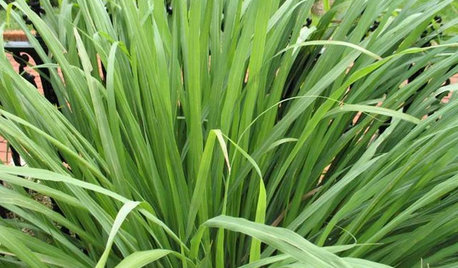
HERBSHerb Garden Essentials: Grow Your Own Zesty Lemongrass
Add lemony goodness to cooking and tropical flavor to your yard with this grass-like herb native to Southeast Asia
Full Story





farmerdilla
digdirt2
Related Professionals
Belmont Landscape Architects & Landscape Designers · Forest Park Landscape Architects & Landscape Designers · Summit Landscape Architects & Landscape Designers · Washington Landscape Architects & Landscape Designers · Peabody Landscape Contractors · Cockeysville Landscape Contractors · Goodlettsville Landscape Contractors · Lake Worth Landscape Contractors · Lemont Landscape Contractors · Peachtree City Landscape Contractors · Westchester Landscape Contractors · Concord Driveway Installation & Maintenance · Fremont Driveway Installation & Maintenance · Middle Island Driveway Installation & Maintenance · Northbrook Driveway Installation & Maintenanceanney
wayne_5 zone 6a Central Indiana
grandpop1
keepitlowOriginal Author
diggity_ma
digdirt2
barrie2m_(6a, central PA)
barkeater
tcstoehr
farmerdilla
pnbrown
digdirt2
fusion_power
farmerdilla
tcstoehr
pnbrown
wayne_5 zone 6a Central Indiana
grandad_2003
david52 Zone 6
tomatomike
grandad_2003
sunnibel7 Md 7
maddonaperez
CKBROWN